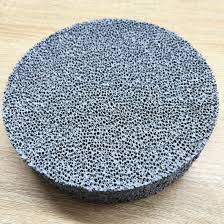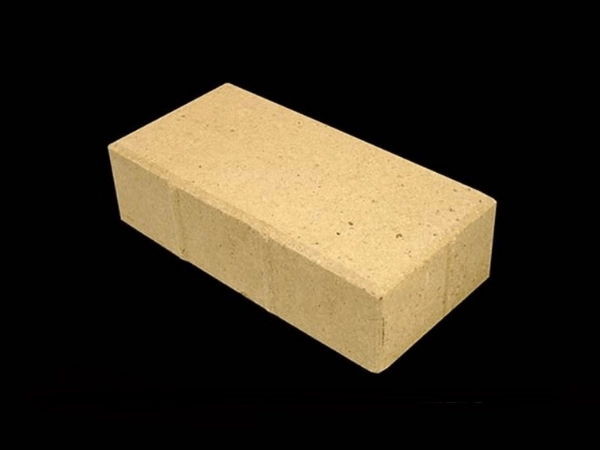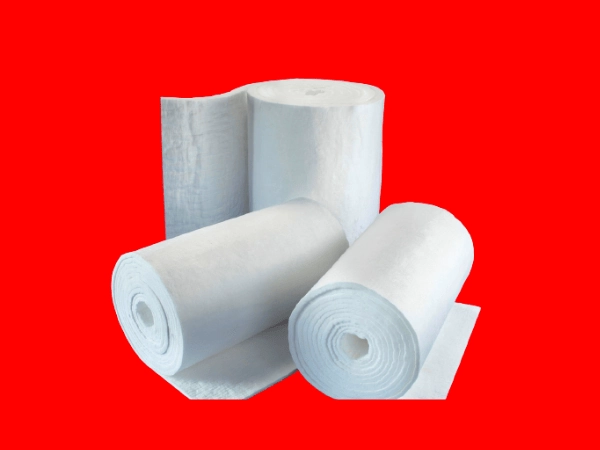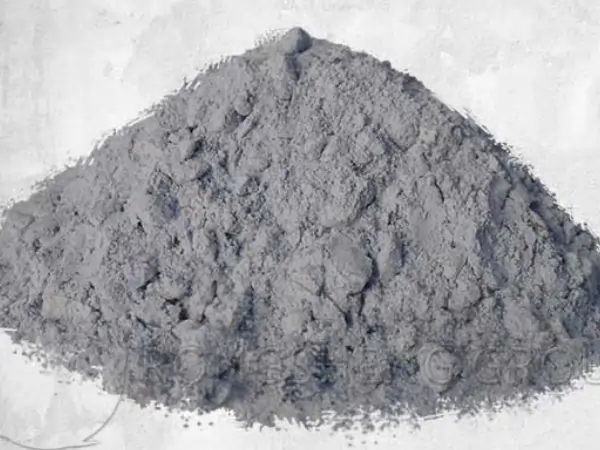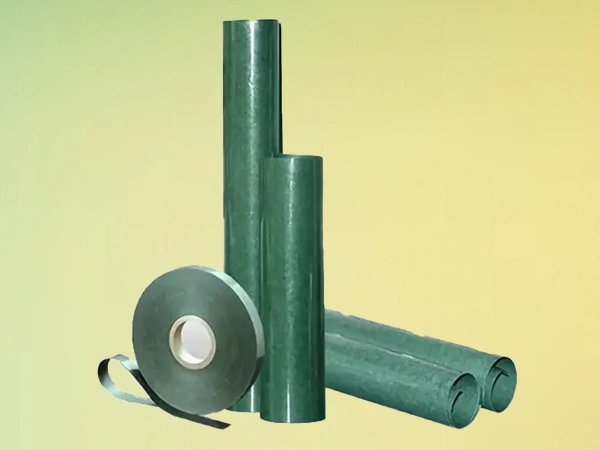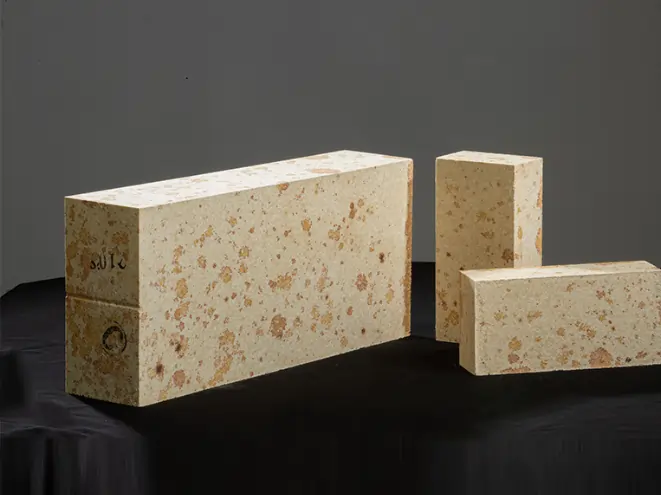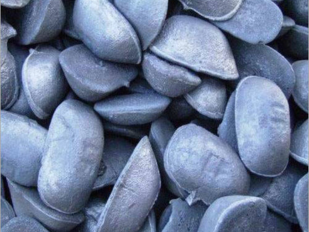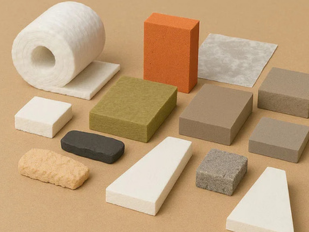

Critical Maintenance Tips For Castable Fire Brick Structures
Castable fire brick is a specifically designed refractory brick type, manufactured for high-temperature industrial environments. This type of brick is widely used for its impressive chemical substance attack endurance, heat resistance, and heavy mechanical load-bearing capacity. In general, castable fire bricks are used for the construction and maintenance requirements of furnaces, incinerators, kilns, boilers, and many other heat-intensive industrial equipment.
5 Maintenance Tips For Refractory Fire Bricks
For the stable and maximum operational functionality of the structures established with refractory fire bricks, scheduling maintenance is a must. Here are 5 maintenance tips that you should consider, for sure:
1. Control Thermal Cycling & Shocks
Since thermal cycling is involved in various high-temperature industrial zones, rapid change in temperature leads to expansion and contraction. The thermal shocks are quite frequent, which can leave significant damage to the castable bricks over time. This is where you should try a gradual preheating process, allow proper cooling down after thermal cycling, and avoid water contact with hot refractory surfaces. Additionally, you can utilize insulation backup layers. They can aid slower down the speed of temperature changes.
2. Schedule Frequent Visual Inspections
This may seem like a little simple task, but trust us, routine visual inspections work very well. Your operators should schedule inspections once in a while as it does not take much time and can help identify potential faults as well. They can look around and identify signs of wear such as brick color change, surface cracks, spalling (bulging), loose joints, or exposed steel anchors.
3. Keep Track of Mechanical Wear & Erosion
When the operators conduct visual inspections, sometimes, they find mechanical wear and erosion on fire brick structures. This happens due to frequent physical contact with solid materials such as metal parts, coal, and clinkers. To minimize the wear and erosion impact on the structures, one can install waterproof linings.
4. Check for Any Chemical Substance Attack
Exposure to aggressive chemical agents such as acids and alkalis can cause chemical degradation of fire brick structures over a period of time. The chemical reactions can impair structural integrity and reduce thermal endurance. For proper maintenance, refractory fire bricks specifically designed for chemical environments will be a preferable choice. In addition, sealing cracks can prevent the risks of corrosive agents leaking.
5. Reapplying Patches & Coatings (If Required)
Instead of waiting for the whole refractory structure to end up getting damaged completely, taking some preventive measures is better. One can look for minor cracks in structures and use refractory mortar for damaged areas. Try recoating linings with proactive coatings. It helps provide resistance against slag and alkalis.
After partnering with the high-class refractory fire bricks manufacturer in India and installing them, you should carry on with scheduling timely maintenance. It helps maintain the operational consistency and optimal performance of the fire refractory bricks. Considering the above-mentioned maintenance tips can help further enhance your periodic maintenance requirements. By taking these steps, you will notice long-term results in your industrial operations.
